An internal project board has been established within DAERA to develop an action plan on the thorny issue of ammonia emissions from NI agriculture.
A spokesperson for the department confirmed that the plan, once developed, will aim to reduce ammonia emissions and encourage the uptake of ammonia mitigation measures on farms, while still allowing for sustainable development of the local agri-food industry.
It is expected that the Making Ammonia Visible report produced by the John Gilliland-led group tasked with developing a land management strategy for NI will form the basis for the new action plan. It reported in December 2017, and made a number of recommendations designed to reduce emissions, including banning splash plates on slurry tankers, covering slurry stores and reducing crude protein in livestock diets.
“As this work is progressed, the Department will engage with stakeholders and, in due course, consult on the proposed Action Plan,” said the DAERA spokesperson. The first stage in that consultation happened last week, with agricultural and environmental stakeholders invited to meet with the Department.
Air pollution
The main issue to be addressed is that air pollution from ammonia emissions has been identified as a threat in 29 out of 38 priority habitats in NI, and a cause of biodiversity loss. Ammonia emissions in NI are up 9% since 2010, and with 93% of emissions from agriculture (over 70% of which comes from ruminants), the pressure is on farmers to do their part.
The effect has already been seen in planning, with 14 out of 112 applicants to Tier 2 of the Farm Business Improvement Scheme held up, while the NI Environment Agency (NIEA) assesses the likely impact of emissions from new livestock sheds.




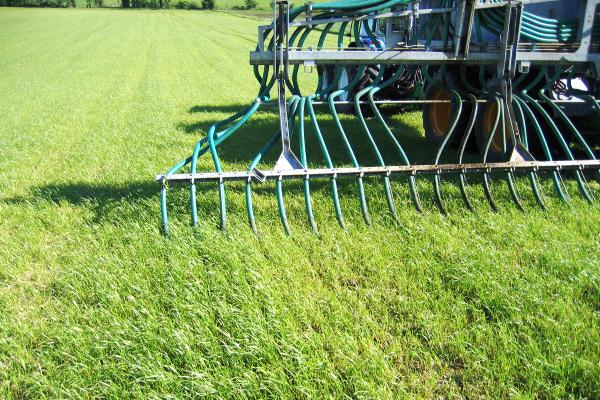
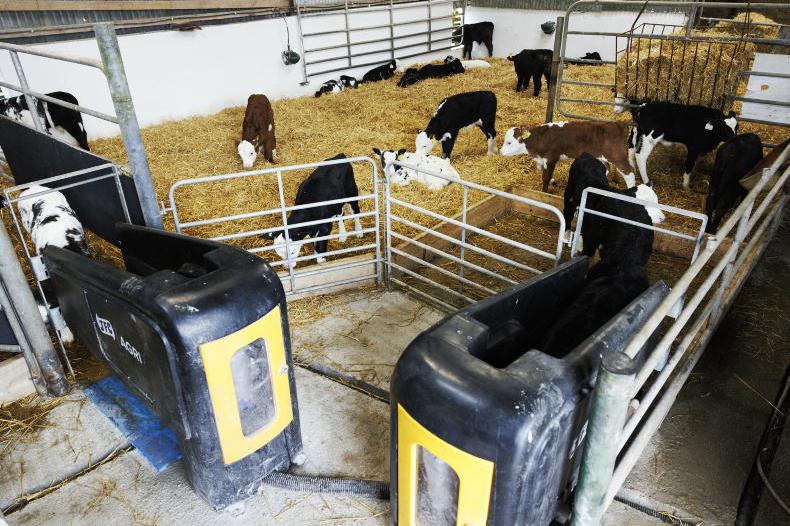

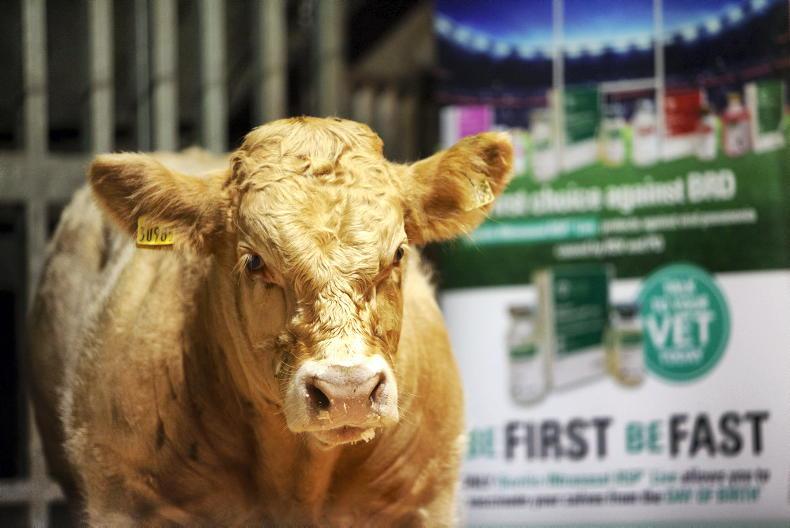
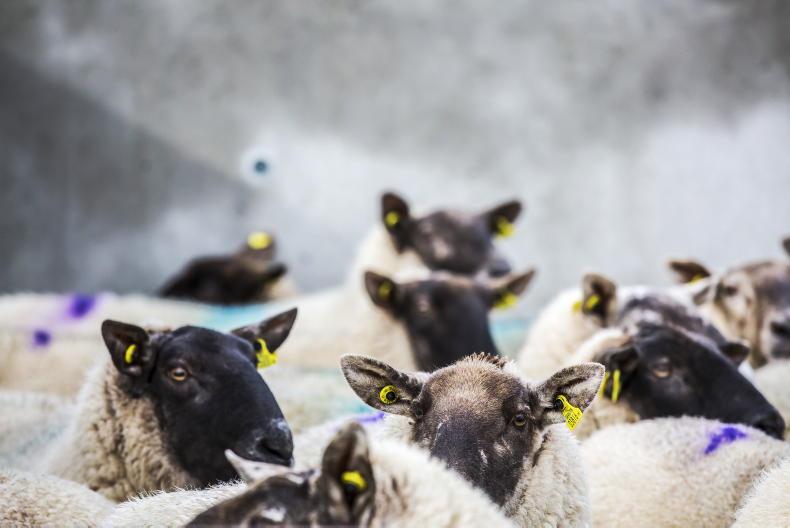
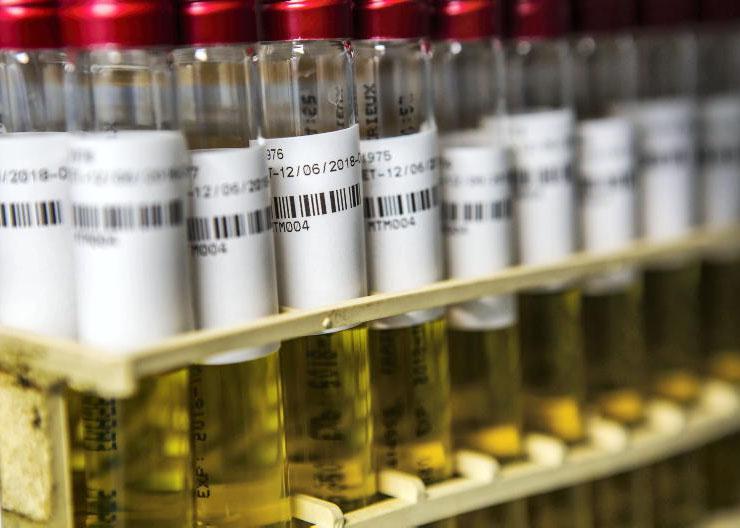
SHARING OPTIONS